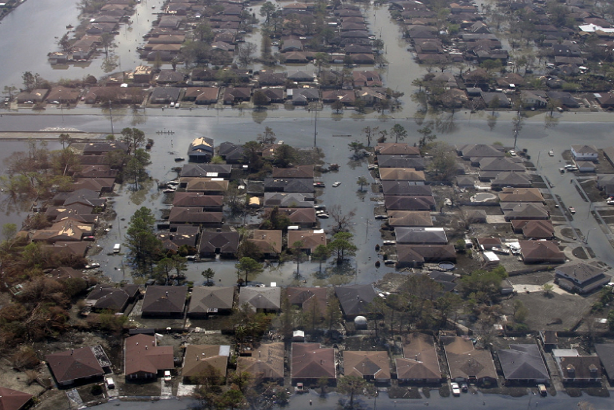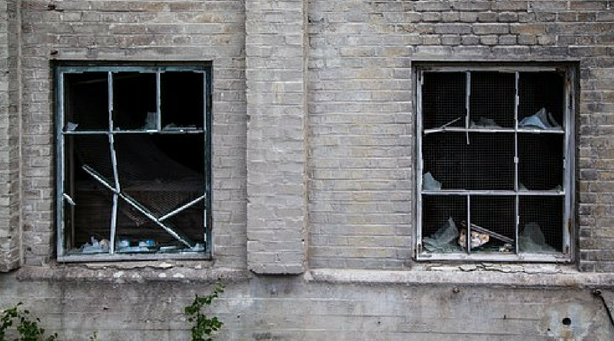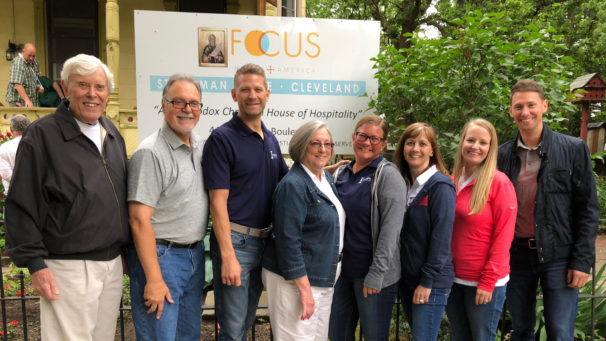Spring has sprung and, while that means summer is around the corner, it also means flood season. Most Americans live or work in areas that have some kind of flood risk. Unfortunately, many still do not have flood insurance, according to the Insurance Information Institute (I.I.I.).
Flooding is caused by a number of conditions including severe storms, overflowing rivers or tidal waters, heavy rain, mudslides, levee failure and snowmelt. About 90% of natural disasters involve flooding in one way or another.
Here are a few key things to note:
• Homeowners insurance does not cover flood damage. Only flood insurance will cover your losses in the event of a flood.
• There is a 30-day waiting period before your coverage takes effect, so don’t delay.
• Floods and flash floods occur in all 50 states. The National Flood Insurance Program says that one out of four flood claims come from outside the floodplain and “high risk” areas.
• Flood Insurance costs are reasonable.
Only you can determine your appetite for risk but it’s important to consider your exposure and protect yourself in the event flooding happens to you.











